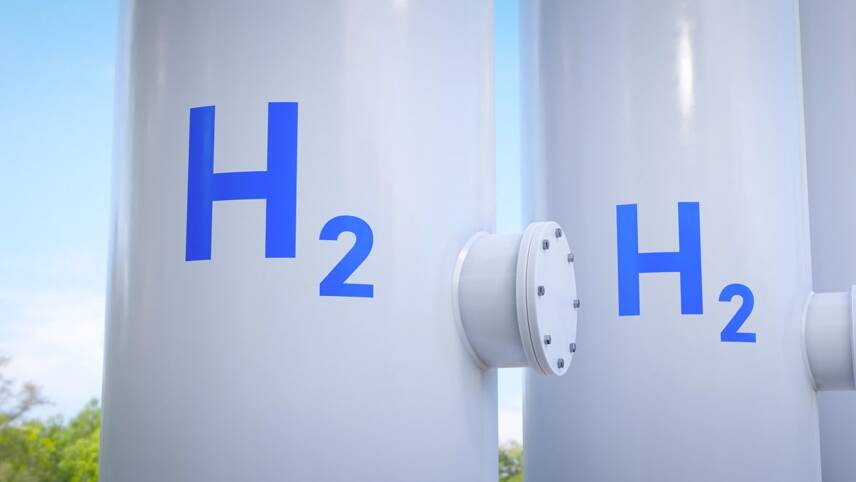Register for free and continue reading
Join our growing army of changemakers and get unlimited access to our premium content

The scope of the definition includes both electrolysis-based and biomass-based hydrogen production methods, setting an emission limit of two kilogram of CO2 for one kilogram of hydrogen.
“The notification of the green hydrogen standard brings a lot of clarity to the green hydrogen community in India,” said the Ministry of New and Renewable Energy (MNRE) in a statement.
“With this notification, India becomes one of the first few countries in the world to announce a definition of green hydrogen.”
This builds on the Indian Government’s target to produce five million tonnes of green hydrogen per annum by 2030, with an aim to reduce 50 million metric tons of carbon emissions and save more than $12bn on fossil fuel imports.
In 2020, the Energy and Resources Institute (TERI) published a report revealing that most of the hydrogen consumed in India is produced mostly with fossil fuels; however, the report projected that by 2050, nearly 80% of India’s hydrogen will be produced by renewable electricity and electrolysis.
India has already begun negotiating bilateral agreements with the EU, Japan, and other countries on fuel exports, ahead of its prospective hydrogen production plans in 2026.
Electric buses roll out
In addition to its advancements in the hydrogen sphere, the Indian Government recently unveiled a $7bn (580bn rupees) plan to deploy 10,000 electric buses in 169 cities in the next ten years.
The electric buses scheme is based on a public-private partnership (PPP) model, with the central government funding 200bn rupees of the total cost.
The scheme will support cities in the development of the charging infrastructure and enhancement of the supply chain for electric vehicles (EVs).
The Government expects the scheme to generate between 45,000 to 55,000 direct jobs.
With a plan to expand its fleet of electric buses to 50,000 at a cost of $12bn, the Indian government, led by Prime Minister Narendra Modi, has been issuing contracts inviting companies to invest based on the aggregate demand from the state governments.


Please login or Register to leave a comment.